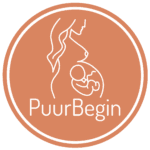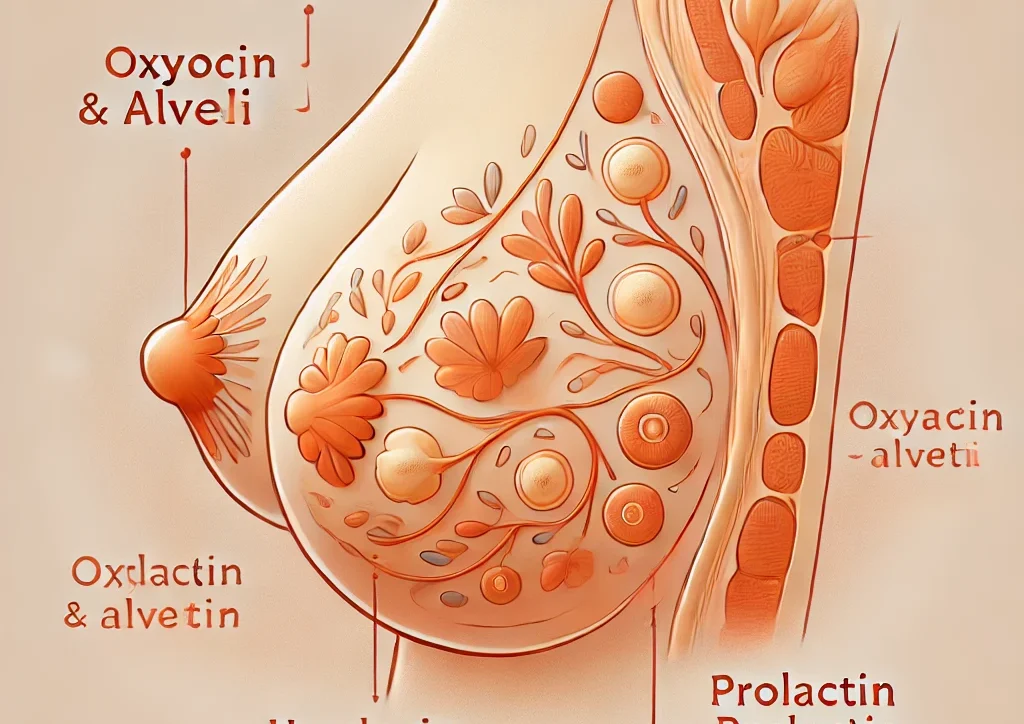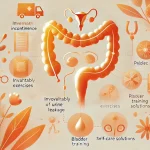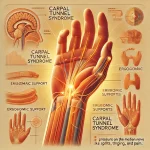As expectant parents, you are facing a special time. Together with Midwives PuurBegin, we would like to inform you about an essential aspect of the first period after birth: breast milk production. We will talk about how this process works and what you can expect.
How does it work?
When your baby breastfeeds, it stimulates nerve endings in the nipple and areola. This signal travels to your brain, which then sends two important hormones release: prolactin and oxytocin. Prolactin causes the mammary glands to produce milk, while oxytocin causes the muscle cells around the mammary glands and ducts to contract, releasing the milk. This is called the let-down reflex.
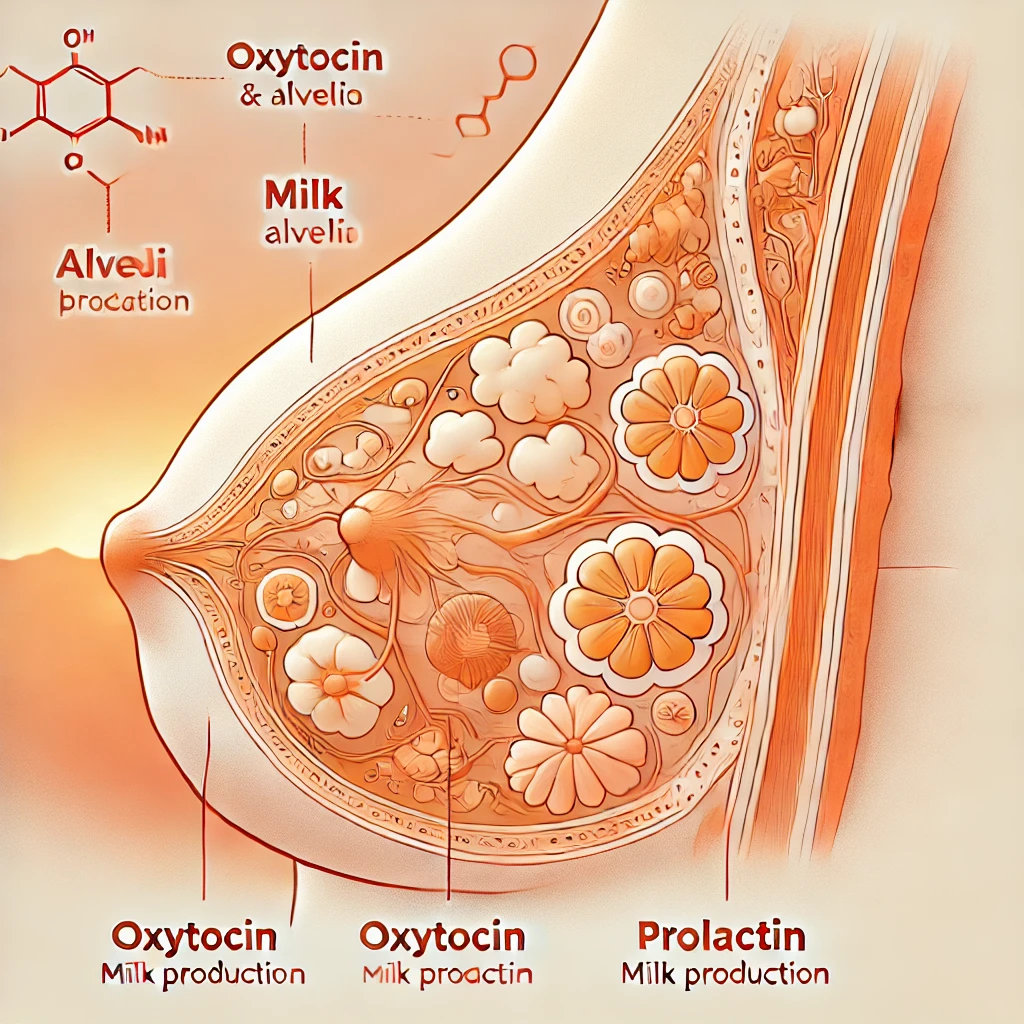
The Role of Prolactin
Prolactin is essential for the production of breast milk. It stimulates the mammary glands to produce milk quickly during and after feeding. The emptier the mammary glands are, the faster the milk production goes. Blood flows through the breast, which allows milk-producing cells to extract the necessary substances from the blood.
The Power of Oxytocin
Oxytocin is what actually causes the milk to be released. It causes the muscle cells around the mammary glands and ducts to contract, pushing the milk toward the nipple. This is the well-known let-down reflex, where the milk ducts behind the areola dilate and then contract.
Breast milk production during pregnancy
Your body prepares itself for the pregnancy during pregnancy breastfeeding. Hormones such as progesterone, estrogen, HPL and prolactin stimulate the growth of milk ducts and glands. The breasts become larger due to increased blood flow and fluid retention. The mammary glands begin to fill with colostrumThe areola becomes darker and the Montgomery glands become more visible.
After birth: Production starts
After birth, progesterone, estrogen, and HPL levels drop, activating prolactin and starting milk production. Many cells in the body, including milk-producing cells, use receptors to recognize and respond to hormones. Regular latching prevents the loss of prolactin receptors.
The importance of first contact
Newborns have natural reflexes that help them find the breast and latch on. Skin-to-skin contact immediately after birth encourages the baby to show interest in the breast, which promotes the release of prolactin and oxytocin. This first experience promotes optimal feeding behavior.
Engorgement: A normal phenomenon
The onset of milk production, usually two to four days after delivery, can lead to congestion. This is due to increased blood flow and lymphatic fluid. Regular latching from birth minimizes engorgement.
From colostrum to mature milk
Colostrum, the first milk, is specifically tailored to your baby's needs. In the first week, the milk gradually changes into mature milk. The composition of the milk continues to adapt to your baby's needs throughout the breastfeeding period.
Supply and Demand: A Perfect Balance
Once milk production is established, control shifts from hormonal to local. This means that milk production is primarily determined by frequent latching. The more often your baby drinks, the more milk you produce. Longer intervals between feedings lead to lower milk production.
Feedback inhibitor of lactation (FIL)
The 'feedback inhibitor of lactation' (FIL) is a protein in milk that helps regulate milk production. If there is too much milk in the breast between feeds, this protein inhibits milk production. Removing milk from the breast reactivates the mammary glands. Regular feeding is therefore important!
The amount of glandular tissue and storage capacity
The amount of glandular tissue and the storage capacity of the breast varies from woman to woman. Women with less glandular tissue may need to nurse more often, because they produce less milk at a time. Their breasts also fill up faster, which can cause FIL to become active sooner. At Verloskundigen PuurBegin we understand that every woman is unique and we offer personal guidance to make breastfeeding as successful as possible.
Hormones play an important role
Prolactin stimulates the mammary glands to produce milk at a high rate. After a feeding, they continue to do so at a slower rate. Oxytocin causes small muscle cells around the mammary glands and milk ducts to contract, which moves the milk to the nipple.
Let-down reflex
Oxytocin causes the let-down reflex, where milk is sent from the mammary glands through the milk ducts to the nipple. The milk ducts behind the areola dilate in response to the let-down reflex and shrink again when it is over.
We hope this information helps you better understand breast milk production. Together with Midwives PuurBegin we are ready to support you on this special journey. If you have any questions or uncertainties, please do not hesitate to contact us. We are here to guide and support you during this beautiful, but sometimes challenging period.
Stay informed!
Follow us on social media for the latest news and a look behind the scenes Midwives PuurBegin in Kampen. Discover the daily adventures of our midwives, valuable tips for expectant parents and inspiring stories from the field. Click on the buttons below and stay connected with our heartwarming team!
 |
 |
Take care of yourself and your little one!
With kind regards,
Midwives PuurBegin
Address: Orkestlaan 148, 8265RC Kampen
Telephone: 085 40 19 095
